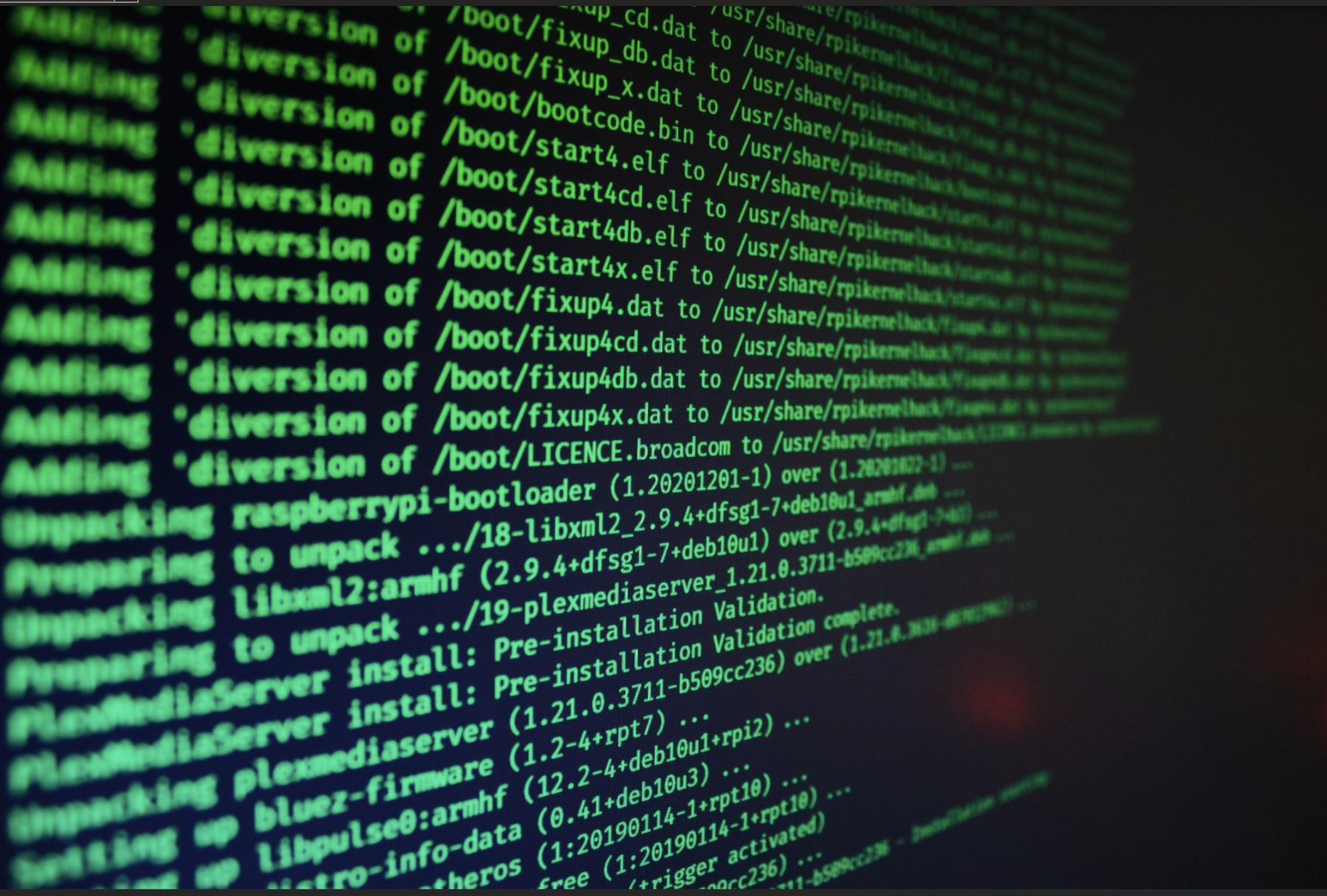
Part 2: How to Configure Your PC for ServiceNow UIB Component Development
by Jake Laux and Freddy Reza
When getting into ServiceNow Component Development, it’s important to have a system configured with the SN-CLI and all prerequisites! We’ve compiled a list of instructions to make the installation process as easy as possible.
We have a more detailed guide for Mac and Windows, BUT these include steps unnecessary for our REST API Explorer example and Component Template.
Prerequisites:
Node & NPM
Git
VSCode
If you’re missing any of the prerequisites, follow our Part 1: How to Prepare your PC for the SN-CLI: Installing Prerequisites blog post for help.
Mac:
Download ServiceNow CLI
Unzip
Ctrl+right click, click open on the verification popup, & install with defaults
If the popup doesn’t display on your first Ctrl+right click, try again!
Open terminal and run “snc extension add --name ui-component"
Run “sudo npm install -g yo@version” or “sudo npm install -g yo@latest” to update yo (this depends on your system so if the first doesn’t work try the second)
Configure your SN-CLI Profile
Open terminal & run “snc configure profile set”
Host: Your ServiceNow instance url
The instance cannot be hibernating when you are setting up this connection
Login Method: Basic
Output Method: JSON
Windows:
Download ServiceNow CLI
Unzip, run as administrator, & install with defaults
Open Command Prompt & run “snc extension add --name ui-component” as administrator
Run “npm install -g yo@latest” to ensure yo is up to date
Configure your SN-CLI Profile
Open Command Prompt & run “snc configure profile set”
Host: Your ServiceNow instance url
The instance cannot be hibernating when you are setting up this connection
Login Method: Basic
Output Method: JSON
If you need more details / context you can check out our Setting up the Now UI Framework on MacOS blog post for Mac OS or our Setting up the Now UI Framework on Windows blog post for Windows. These articles run through setting up the prerequisites, configuring the CLI, creating a component, debugging steps, and getting started with a “Hello World” example.
